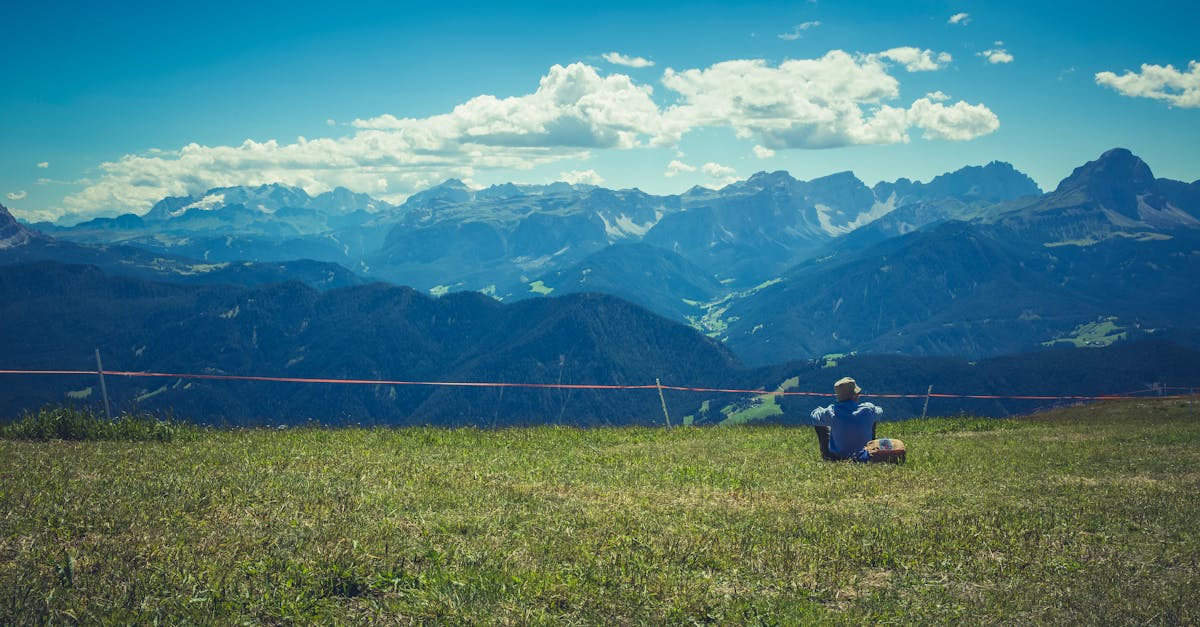When it comes to cultivating a thriving kale garden, knowing how to thin kale is important for optimal growth.
In our full guide, we’ll study into the art of thinning kale to help you achieve a bountiful harvest.
Whether you’re a seasoned gardener or a newbie in the world of kale cultivation, mastering this technique can make a significant difference in the health and yield of your kale plants.
Join us as we scrutinize the secrets to successful kale thinning and watch your garden flourish like never before.
Let’s get started on this journey to healthier, more abundant kale plants together.
Key Takeaways
- Thinning kale is crucial for plant health and vitality, allowing for adequate space, nutrients, and sunlight for optimal growth.
- Start thinning kale seedlings when they have at least four true leaves to avoid overcrowding and promote robust development.
- Basic tools like gloves, scissors, and a stick/pencil are sufficient for thinning kale effectively.
- Following a step-by-step process of waiting for growth, identifying weaklings, gentle removal, ideal spacing, and regular monitoring can lead to successful kale thinning.
- Common mistakes to avoid include waiting too long to thin, removing healthy plants, disturbing root systems, neglecting plant spacing, and skipping regular monitoring for healthy kale growth.

Importance of Thinning Kale
When it comes to thinning kale, it’s a critical step for the health and vitality of your plants. By removing overcrowded seedlings, we allow space for the remaining ones to thrive. This process ensures that each kale plant has adequate nutrients, sunlight, and room to grow.
Thinning also helps prevent issues such as pest infestations and disease spread. With proper spacing, our kale plants can develop strong root systems and absorb nutrients efficiently. This results in healthier plants that are more resilient against environmental stressors.
Optimal growth is attainable when we take the time to thin our kale seedlings. Embracing this practice early on sets the foundation for a bountiful harvest later. Let’s nurture our kale garden to achieve the best results.
For more detailed information on the benefits of thinning kale, check out this helpful resource from The Spruce.
When to Thin Kale
We typically start thinning kale when seedlings have at least four true leaves. This usually happens around 3-4 weeks after planting. It’s important to thin early to avoid overcrowding and promote robust growth. Insufficient space can stunt development and lead to unhealthy plants.
Thinning too late can stress the remaining kale and affect their growth. Consistent monitoring is key to identifying the right time. Look for crowded areas in your kale bed and thin them out strategically.
Observing your kale’s growth rate is critical. Delaying thinning can impact yield and quality. Take action promptly for a bountiful harvest.
For more information on when to thin kale, check out this helpful resource from Gardening Know How.

Tools Needed for Thinning
When it comes to thinning kale, you don’t need fancy equipment. Here are the basic tools we recommend having on hand:
- Gloves: Protect your hands while working in the garden.
- Scissors or Pruners: Use them to snip off the unwanted kale seedlings.
- Thin Stick or Pencil: Helpful for marking seedlings to remove.
For more detailed information on important tools for thinning kale, check out this article from Better Homes & Gardens.
Step-by-Step Guide to Thinning Kale
Thinning kale is critical for robust plant growth. Here’s how we do it:
- Wait for Growth: Ensure your kale seedlings have at least four true leaves before thinning them.
- Identify Weaklings: Look for the smaller, weaker seedlings to remove and make space for the stronger ones to thrive.
- Gentle Removal: Carefully pull out the unwanted seedlings, ensuring you don’t disturb the roots of the remaining plants.
- Ideal Spacing: Leave about 8-12 inches between each kale plant for optimal growth.
- Regular Monitoring: Check your kale regularly and repeat the thinning process if needed.
For more details, check out this Better Homes & Gardens article on thinning seedlings.

Common Mistakes to Avoid
When thinning kale seedlings, there are some common mistakes to watch out for to ensure healthy plant growth:
- Waiting too long to thin: It’s critical to thin kale seedlings at the right time to prevent overcrowding and competition for nutrients.
- Removing healthy plants: Make sure to accurately identify weaker plants for removal, as mistakenly pulling out healthy seedlings can hinder and so growth.
- Disturbing root systems: Be gentle when pulling out excess seedlings to avoid disturbing the root systems of remaining plants.
- Neglecting plant spacing: Maintaining proper spacing of 8-12 inches between kale plants is important for optimal growth and airflow.
- Skipping regular monitoring: Keep an eye on your kale seedlings after thinning to address any overcrowding issues promptly.
For more tips on caring for your kale plants, visit Better Homes & Gardens.
